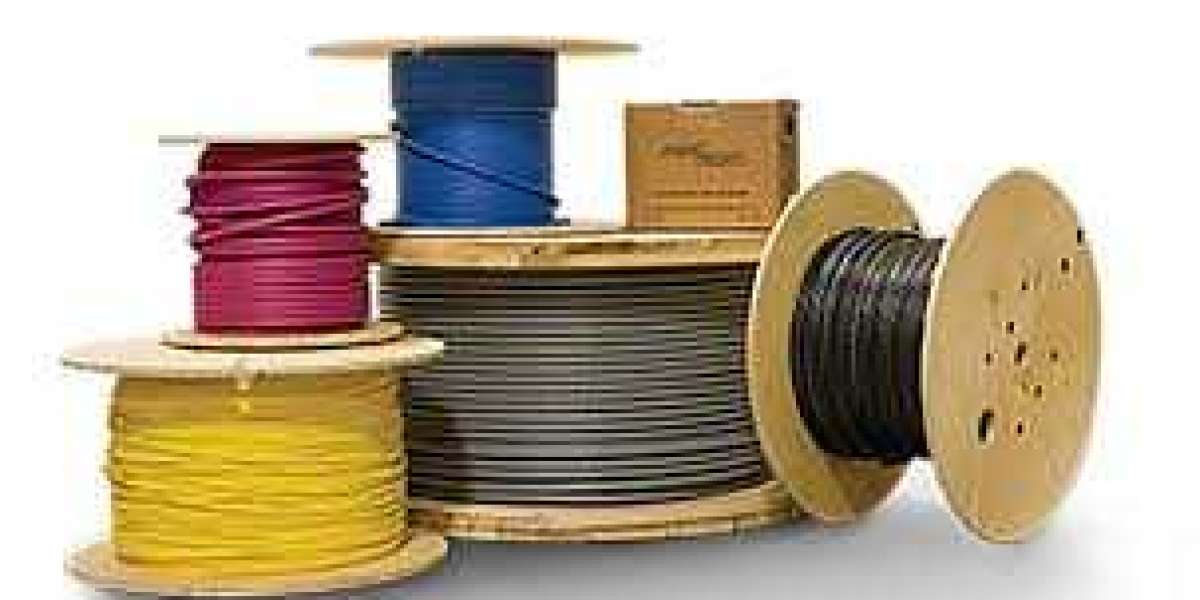With the growing demand for large-scale 3D printing projects, many users are turning to bulk PLA filament as a cost-effective and reliable solution. However, the key to success when using bulk filament is ensuring stable performance across multiple prints, a factor that can significantly impact the quality, efficiency, and overall outcome of 3D printing processes. In this article, we’ll explore the factors that contribute to the stable performance of bulk PLA filament and how users can achieve consistent, high-quality results.
Consistent Filament Quality
One of the main advantages of using bulk PLA filament is the assurance of consistent quality over multiple spools. Reputable manufacturers maintain strict quality control processes to ensure that every meter of filament has uniform diameter, smooth surface texture, and consistent color throughout. This consistency is crucial for reliable extrusion and prevents issues such as clogging, uneven layer lines, and surface imperfections.
A stable filament diameter is especially important, as even slight deviations can cause problems during printing. If the filament is too thick, it may jam in the extruder or cause over-extrusion, resulting in blobs or oozing. Conversely, if the filament is too thin, under-extrusion can occur, leading to weak, incomplete prints. High-quality bulk PLA filament maintains tight tolerances in diameter, ensuring smooth, uninterrupted feeding and precise layer deposition.
Moisture Resistance and Drying
One of the challenges with PLA filament, like many other thermoplastics, is its tendency to absorb moisture from the air. Moisture-laden filament can lead to issues such as stringing, poor layer adhesion, and reduced overall print quality. This is why the stable performance of bulk PLA filament depends largely on how it is stored and dried.
To ensure long-lasting stability, bulk PLA filament should be stored in airtight containers or vacuum-sealed bags, ideally with desiccants to maintain low humidity levels. Additionally, using a filament dryer can further enhance performance by removing any absorbed moisture before printing. Proper storage and drying methods allow for consistent, high-quality results over extended periods of use, ensuring that bulk PLA filament remains as reliable as when it was first purchased.
Stable Extrusion Temperature
Another factor contributing to the stable performance of bulk PLA filament is its predictable and stable extrusion temperature. PLA typically has a low melting point, around 180-220°C, making it easy to work with for most 3D printers. The material’s stable thermal properties allow for smooth extrusion, minimal warping, and strong layer adhesion, even in complex or large-scale prints.
Whether printing intricate designs or large batches of parts, PLA’s stable temperature profile ensures consistent performance across different projects. This reliability reduces the need for constant adjustments to printer settings, saving time and minimizing the likelihood of print failures.
Performance Across Applications
PLA filament’s stability makes it a versatile material for a wide range of applications, from prototyping to detailed models and even functional parts. Its ability to perform consistently in both small-scale hobbyist projects and industrial-grade production runs is a key reason why PLA remains a popular choice among users.
For those working with bulk PLA filament, its stability allows for seamless transitions between projects, ensuring that the material performs reliably across various printing needs. This makes it an ideal solution for businesses or individuals looking to maximize efficiency without compromising on quality.
Conclusion
The stable performance of 3D bulk PLA filament is the result of consistent quality, proper storage, reliable thermal properties, and adaptability across a range of applications. By ensuring uniform diameter, preventing moisture absorption, and maintaining a stable extrusion temperature, users can achieve high-quality prints time and time again. For anyone seeking reliable, long-term performance in their 3D printing workflow, bulk PLA filament offers a dependable and cost-effective solution.






